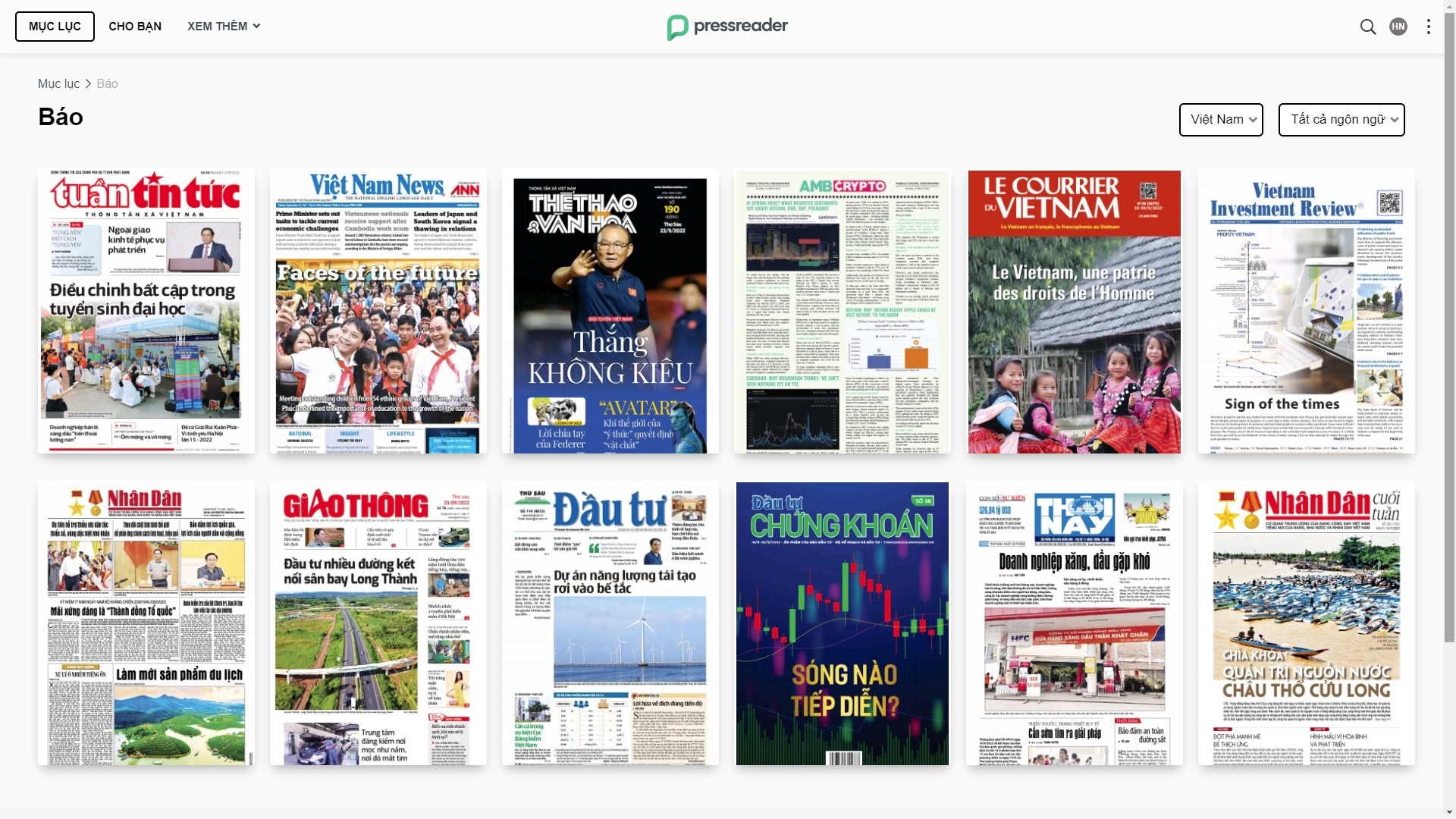Evolution vital for VIR to stay relevant
Whether in the Western world or the East, newspapers large and small are being forced to up their games considerably in order to survive.
In many regions, the press industry is facing slumping ad sales, the loss of classified advertising, and sharp drops in circulation. The United States saw the loss of an average of two newspapers per week between the end of 2019 and May of this year, according to the Medill School of Journalism.
The statistic means that an estimated 70 million people now live in areas deemed “news deserts” or areas that are at high risk of becoming so.
Over in the United Kingdom, newspaper publishers are being shunned by investors because they do not offer decent returns. Britain’s major newspapers have seen circulations decline sharply in the last couple of decades, although they have countered this to some extent with online products.
“We have found a clear pattern of declining sustainability in the sector since 2010, which is consistent with reduced income and costs, as well as a reduction of investment and related capital employed in the sector,” said a May report from Economic Insight.
 |
| Evolution vital for VIR to stay relevant |
The pandemic has helped play a part in causing an acceleration in print decline, the report said, with an 18 per cent drop in total average print circulation per issue for national daily titles between March 2020 and March last year.
Meanwhile, with social media sites overtaking TV as a source of news for young people, news organisations have become increasingly reliant on social media platforms for generating traffic.
A report by the Reuters Institute for the Study of Journalism described how a “second wave of disruption” had hit newsgroups, with publishers such as The Economist having to employ large social media teams to optimise their posts and maximise traffic.
In Southeast Asia, 80 per cent of those surveyed for a Statista report in February chose social media as their preferred place for news consumption. In comparison, only 12 per cent of those who took part stated that they read physical newspapers.
Newspapers like VIR understand that adapting to these trends can make the difference between surviving and thriving, and so those in charge have placed focus on diversifying content and making sure it embraces social media platforms and other mediums in order to get ahead.
Its latest transformation comes in the form of organising and hosting more regular talk shows live online, covering topics from 5G and blockchain to the oil and gas market.
Thus far, the shows are playing a key role in complementing the coverage found both in the print newspaper and online, as top experts, entrepreneurs, and association leaders offer their input into the issues of the day.
VIR is also embracing the online journey by negotiating deals with various major news agencies that will ensure its content can reach further and wider than ever before.
Soon enough, it will be much easier to track down both the newspaper’s website and print offerings across more online platforms.
More experiments are likely, as even the biggest names have been forced to implement brand new models or utilise new services. The New York Times, the UK Times, and many others have attempted to launch paid online subscription models which evolve over time, or are scrapped for new models which may include allowing a number of free articles per month before requiring a subscription.
Within the global industry, there is little consensus on the best strategy for survival. Some pin their hopes on new technologies such as e-papers or radical revisions of the newspaper; others have advocated a system that includes both subscriptions as well as micro-payments for individual stories.
Yet it is still a minority who pay for online news, which stands at 19 per cent in the US according to the aforementioned Reuters Institute report. Some large brands continue to see growth such as The New York Times, which surpassed eight million digital subscriptions by the end of 2021. But this was helped by non-news products such as cooking content and games like the wildly popular Wordle game.
Newspapers like VIR are, of course, not on that level, but lessons can be learned no matter what the size of the organisation is, and the newspaper’s leaders are determined to keep their minds open and embrace the inevitable change, for the good of the product and the people who want to interact with it.
 | VIR added to PressReader’s catalog In an effort to go green while reaching business readers around the world, VIR is excited to join PressReader’s growing global newspaper and magazine platform. |
 | Lending a hand to progress for the business community Vietnam Investment Review has been growing from strength to strength thanks to its continuous renovation with assorted activities highly appreciated by the business community. |
What the stars mean:
★ Poor ★ ★ Promising ★★★ Good ★★★★ Very good ★★★★★ Exceptional
Related Contents
Latest News
More News
- Ho Chi Minh City hits $8.37 billion in FDI (December 29, 2025 | 08:28)
- Tax sector wraps up 2025 and sets priorities for next year (December 25, 2025 | 14:00)
- Heavy industries set for pilot greenhouse gas quotas (December 25, 2025 | 10:00)
- $250 million deal targets women-owned SMEs, sustainable agriculture (December 22, 2025 | 17:40)
- UOB sees Vietnam growth easing in fourth quarter (December 22, 2025 | 17:39)
- Government moves to establish International Financial Centre (December 21, 2025 | 21:00)
- Vietnam's IFC to target global investment flows (December 21, 2025 | 18:00)
- Ha Tinh breaks ground on major Vingroup industrial and energy projects (December 19, 2025 | 18:24)
- EVN launches major power infrastructure projects nationwide (December 19, 2025 | 18:17)
- VAL inaugurates second production line to meet domestic animal feed demand (December 19, 2025 | 16:37)

 Tag:
Tag:





















 Mobile Version
Mobile Version